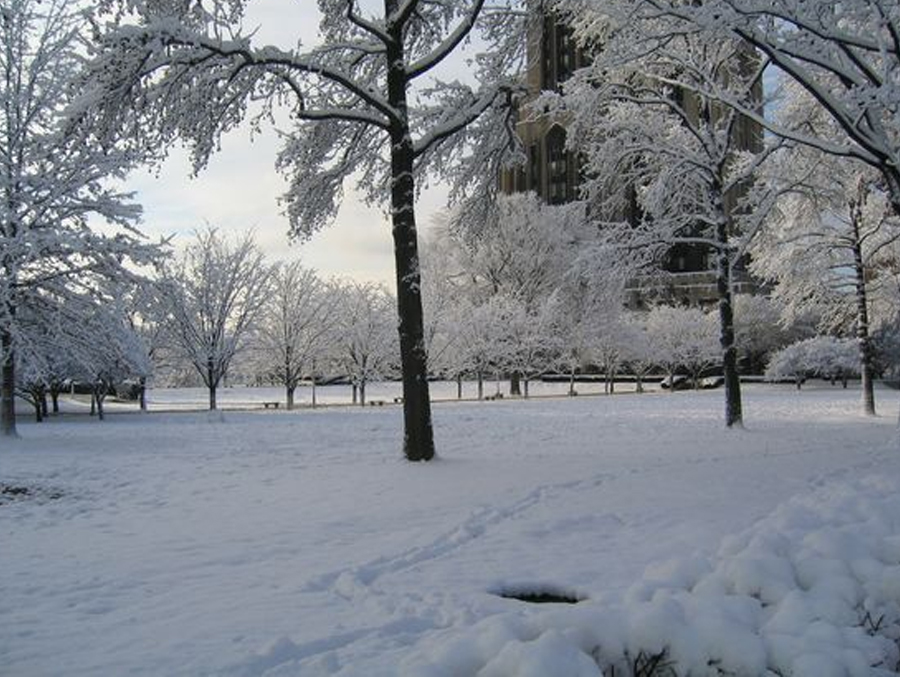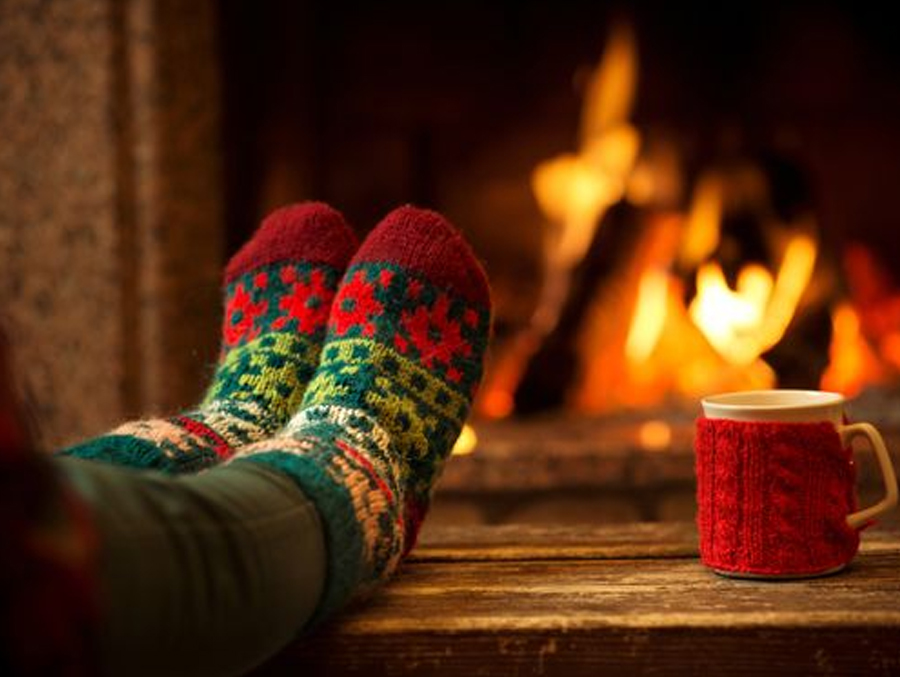Chilblains
Chilblains are small sores that appear on the extremities (the hands, toes, nose, and ears). Chilblains can be itchy and painful, and as a result may prevent you from doing what you want to do. If you have chilblains on your feet a podiatrist can help you, and offer advice on what to do to prevent chilblains from returning.
What are chilblains?
Chilblains appear as small red, itchy swellings on the skin. Chilblains are a type of acral ulcer; this means that they are found on the extremities. Chilblains are a form of vasculitis (inflammation of a blood vessel), which appear as a reaction to sudden hot and cold temperatures.
What causes chilblains?
Chilblains occur when the area is exposed to cold. When exposed to cold the blood vessels vasoconstrict (narrow), which is a normal response to cold temperatures. The blood vessels narrow so that blood can be redirected from the extremities to the internal organs so that the body's core temperature can be maintained.
If quickly after being exposed to cold the area is then exposed to heat the blood vessels will expand, however they expand too rapidly, damaging the capillaries (vasculitis). The result is that the blood then leaks out and into the tissues causing inflammation (redness and swelling); this is known as a chilblain.

Who gets chilblains?
Chilblains are most commonly seen in the following people:
- People who have poor circulation
- People with certain conditions (e.g. Reynaud's and lupus)
- The elderly
- People who have a low body weight or are malnourished
- Smokers
- Those who have a family history of chilblains
- People frequently exposed to cold temperatures
What are the signs and symptoms of chilblains?
The signs and symptoms of chilblains include the following:
- A red swollen, itchy/burning lesion on the skin
- Often appear on the tips of the toes
- The redness may turn purple/blue
- It may be tender or painful
- Sometimes chilblains can crack; this makes the area susceptible to infection
What types of chilblains are there?
There are two types of chilblains, they can be either:
- Chronic: chronic chilblains are those which have lasted for 5 months or longer, every year, for a minimum of three years.
- Acute: acute chilblains appear quickly after exposure to the cold. Acute chilblains disappear within a couple of weeks if the extremity is kept warm
How are chilblains diagnosed?
Your podiatrist will be able to diagnose and treat the symptoms of chilblains based on the signs and symptoms, a thorough medical history and an examination of the affected area.
What would podiatry for chilblains involve?
Your podiatrist will begin by taking a thorough medical and social history; they will then assess and examine both feet. They will then make a diagnosis and design a treatment plan specific to you.
You cannot necessarily treat chilblains, but what you can do is ease the symptoms. Your podiatrist can advise you on this, as well as provide information and advice on how to prevent chilblains from returning. For example, your podiatrist may provide you with an insulating insole.

Summary
Chilblains are small ulcers that affect the extremities as a result of exposure to cold temperatures. Some people are more prone to getting chilblains than others, for example; smokers, the elderly, people with family history of chilblains, people with poor circulation, people with certain health conditions, as well as those who are frequently exposed to cold temperatures. At Chiropody.co.uk we can help ease the symptoms and provide information on what to do to prevent them from returning, allowing you to get on with the activities that you want to do.
To arrange an assessment with one our podiatrists please email office@chiropody.co.uk or call 0330 088 4222
Save 5% by booking an appointment online.



We work with:

Individuals

Organisations

Health professionals
Get in Touch!
0330 088 4222
If you would like to speak to one of our specialists then please complete this form.
We are open 7 days a week








